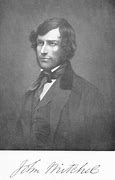Irish Forced Migration Stories
The Great Hunger (1845-1952) had decimated the population of Ireland, resulting in more than one million deaths and two million emigrants forced to flee starvation.
Irish people were forced to migrate because they were poor, starving, orphaned or for political reasons.

Emigration to the United States
In the bleak aftermath of the Great Seven Years’ Famine caused by potato blight and political disaster, nearly 2 million Irish refugees crossed the Atlantic to the United States. The potato problem in Europe primarily affected Ireland because it was the country’s staple food. Desperate farmers sprinkled holy water on their crops, and hollow figures with eyes as empty as their stomachs scraped Ireland’s stubbled fields with calloused hands in search of one, just one, healthy potato. Typhus, dysentery, tuberculosis, and cholera ravaged the countryside, while horses kept a steady march carting spent bodies to mass graves.
For centuries, British laws denied Catholics in Ireland the right to worship, vote, speak their language, and own land, horses, and guns. With a famine raging, the Irish were now deprived of food. Food convoys continued to export wheat, oats, and barley to England while Ireland went hungry.
Unwelcome Exiles
Most of the exiles—nearly a quarter of the Irish population—washed up on American shores. They did not know much about America except that it had to be better than the hell that was searing Ireland. Before the first potato plant wilted in Ireland, tensions between Protestants and Catholics in the United States had erupted into violence. During the deadly Bible Riots of 1844, anti-Catholic and anti-Irish mobs in Philadelphia destroyed homes and set fire to churches. Immigrant homes were ransacked and set on fire. Between 20 and 100 people were killed, including a German priest who was killed while attempting to visit a dying parishioner. Discrimination against famine refugees was not subtle or insidious. It was right there in black and white, in newspaper classified ads that screamed “No Irish Need Apply.” They also barred naturalized citizens from voting unless they had spent 21 years in the United States.
The Lillis family emigrated to Canada during the famine.
As they were boarding the ship in Limerick they discovered one of their five children had typhus and had to make the difficult decision to leave him behind on the quays to die.
The father and other four children did not survive the journey on the ‘coffin ship’ and only the mother survived.
She became a maid to a protestant clergyman, who told her story.
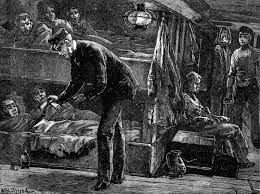
The Earl Grey Female Orphan Scheme to Australia
Between 1849 and 1851, the Earl Grey scheme took girls aged from 14 to 19 from workhouses across Ireland to work in Australia as servants, and to help populate the new colony where men outnumbered women 8:1.
By May. 1850, 4175 female orphans were assisted in emigration to Australia, coming from 118 separate unions around Ireland
Between 1849 and 1851, the Earl Grey scheme took girls aged from 14 to 19 from workhouses across Ireland to work in Australia as servants, and to help populate the new colony where men outnumbered women 8:1.
By May. 1850, 4175 female orphans were assisted in emigration to Australia, coming from 118 separate unions around Ireland
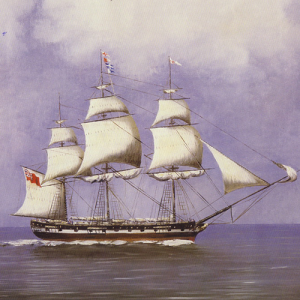
Unwelcome in Australia
Many of the 4,000 teenagers faced anti-Irish sentiment, discrimination, and abuse, but they were a tough bunch.
An extract from The Argus, which was Melbourne’s main newspaper of the day, on April 4th, 1850 said: “Another ship-load of female immigrants from Ireland has reached our shores, and yet, though everybody is crying out against the monstrous infliction, and the palpable waste of the immigration fund, furnished by the colonists in bringing out these worthless characters …”.
Another excerpt from The Argus on April 24th, 1850 of a citizen echoed society’s clamour: “The whole country cries out against the further admission into our colony, of such degraded beings as the majority of the female orphans have been found”
Bridget McElroy
Some of these immigrants fared well but others like 13-year-old Bridget McElroy from Falcarragh in Donegal, born into a family who fled the Irish Famine, were forced into prostitution from as young as eight
In 1870, she was found in a brothel and was convicted and incarcerated in the Newcastle Industrial School. “Her tiny frame filthy from huddling on the damp dirt floor, she has been raped, starved and unmercifully beaten. She is riddled with venereal disease”.
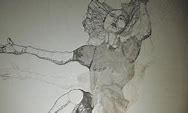
Sarah O’Malley
Sarah O’Malley was 17-years-old when she arrived aboard the Pemberton, the second and biggest ship to arrive in Melbourne, on May 14th, 1849 .
Ship records showed O’Malley was a Catholic and could read and write. She got married in 1850 and the couple settled in regional Victoria. She raised seven children.
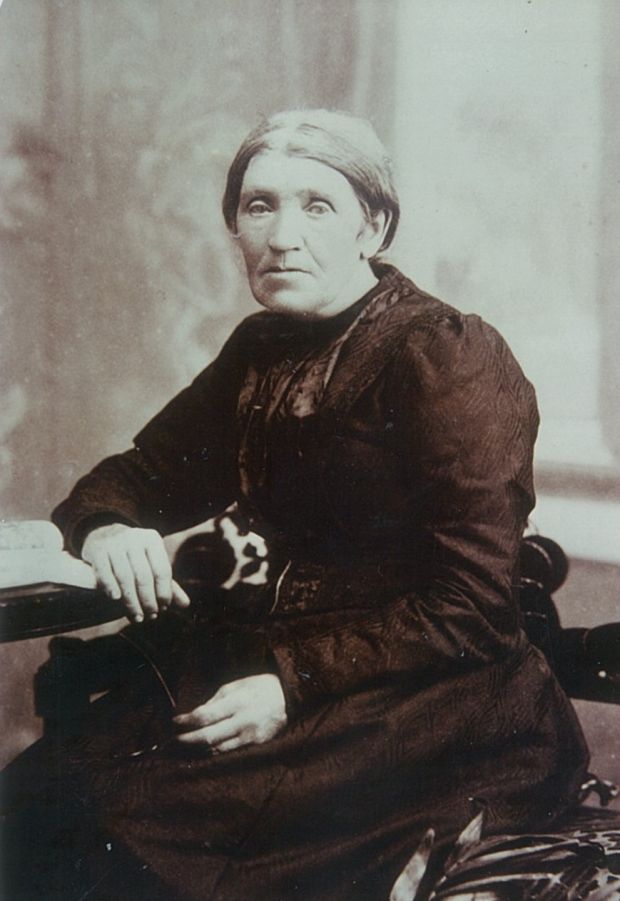
John Mitchel (1815-1875)
John Mitchel was a member of the ‘Young Irelander’ and the ‘Irish Confederation’ movements. He was a solicitor, an Irish nationalist activist and a political journalist, producing his own republican newspaper, the United Irishmen.
He was an outspoken critic of British rule in Ireland, in particular the government’s lack of reaction to the Irish famine.
Ireland simmered and was angry and ready for rebellion in the 1840’s and Britain was fearful that the rousing Mitchel could be the spark to light a revolutionary fire.
London’s Punch magazine emphasised his international standing by portraying him as an Irish monkey, challenging the Great British Lion.
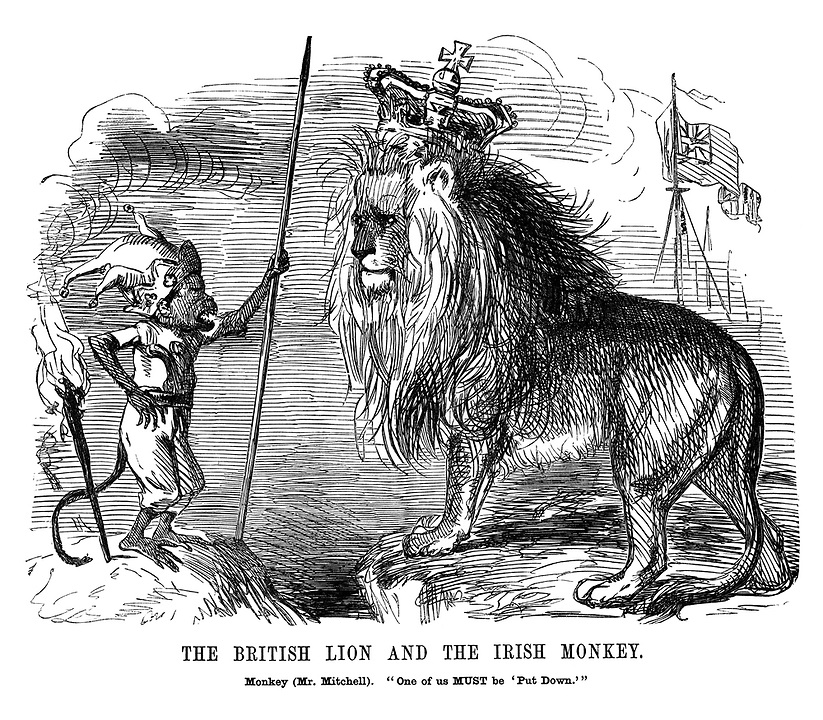
In order to silence Mitchel, to rob him of his heroic status and his possible martyrdom, the British government passed the 1848 Treason Felony Act, which sought to treat treason as a common crime. Mitchel was arrested and tried.
In 1848 he was the first person to be convicted of sedition under the ‘Treason Felony Act’, a sentence created with him in mind. He was sentenced to fourteen and was transported to Tasmania.
His book The Jail Journal is seen as one of the ‘classics of Irish revolutionary writing’
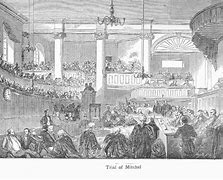
Racism is not black and white
John Mitchel is a complex and contradictory figure. While he fought for Irish freedom, he supported slavery, believing that slaves were incapable of being free.
This has resulted in him becoming a forgotten hero of Irish history. Showing that racism is not clear cut.
